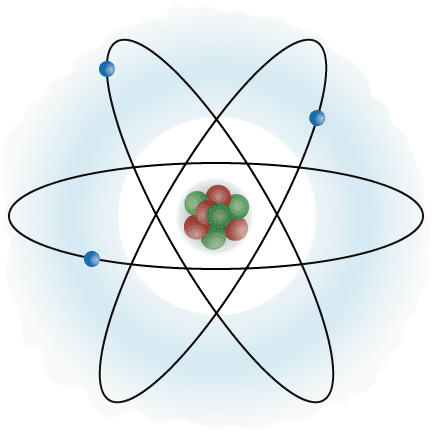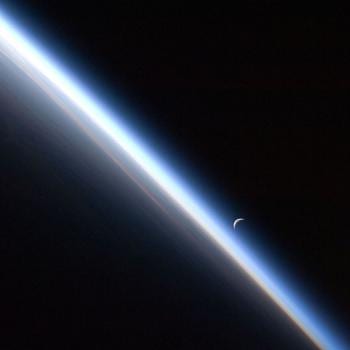
I’m trying to get these things clear in my mind for a long-term project, so here is a first sketch. Comments and corrections welcome. This isn’t exactly my field of specialization:
The term Big Bang was coined by the great English astronomer and astrophysicist Sir Fred Hoyle. “These theories,” he said during a BBC radio broadcast in 1949, “were based on the hypothesis that all the matter in the universe was created in one big bang at a particular time in the remote past.”
It has been claimed that Hoyle meant Big Bang to be dismissive. He himself proposed and favored the “steady state” model, a cosmological theory that was still in vogue (at least popularly) when I was in high school but that has since fallen just about completely out of favor. However, Hoyle denied that he intended the term pejoratively. He simply wanted to emphasize the difference between the “steady state” theory and the concept of a “big bang.”
According to the Big Bang cosmological model, the universe has not always existed in its current state but, rather, began at a specific time in the finite past — currently estimated at — from a primordial state of inconceivable density and temperature.
Unsurprisingly, given its designation as a “Big Bang,” we tend to imagine this primeval event an explosion. And, in our experience, explosions are extremely chaotic phenomena. Explosions neither create order nor preserve it. Explosions destroy order.
Plainly, then, it’s severely mistaken to think of the Big Bang as an explosion, because out of it came astonishing order, complex and mathematically expressible natural laws, an organized cosmos rather than a disorganized chaos, a habitable universe, a home for intelligent life.
It might be more appropriate to think of the “Big Bang” as an “expansion event.” It manifested inconceivable energy, like an explosion, but, quite unlike an explosion, it did so in a manner that can be argued to have been fine-tuned, controlled, even directed.
Here are four examples of apparent “fine-tuning,” involving the four fundamental forces or fundamental interactions known to physics — called “fundamental” because they cannot be reduced to more basic interactions:
- The Strong Nuclear Force: The strong nuclear force holds most ordinary matter together, forming quarks into hadron particles such as protons and neutrons, and binding neutrons and protons to create atomic nuclei. At a distance of 10−15 m (1 femtometer), the strong force is approximately 137 times as strong as electromagnetism, a million times as strong as the weak interaction, and 1038 times as strong as gravitation. If it were slightly more powerful, there would be no hydrogen, an essential element of life. If it were slightly weaker, hydrogen would be the sole element in the universe.
- The Weak Nuclear Force: Also known as the “weak interaction” or “weak force,” the weak nuclear force is the mechanism of interaction between subatomic particles that is responsible for the radioactive decay of atoms. If it were slightly different, either there would be insufficient helium to generate heavy elements in stars, or else stars would burn out too quickly and, as a result, supernova explosions could not scatter heavy elements across the universe.
- The Electromagnetic Force: The electromagnetic force, or Lorentz force, accounts for the interaction between both moving and stationary charged particles. It’s called the electromagnetic force because it includes both electric force and the magnetic force, which were formerly thought to be distinct; it turns out that magnetic forces and electric forces are actually the same fundamental force. If it were slightly stronger or weaker, atomic bonds could not form — which would mean that molecules could not form.
- The Gravitational Constant: In Newtonian terms, the gravitational constant (G) is the proportionality constant connecting the gravitational force between two bodies with the product of their masses and the inverse square of the distance between them. If its value were slightly larger, stars would become too hot and would burn out too quickly. If it were smaller, stars would never burn at all and heavy elements would not be produced.












